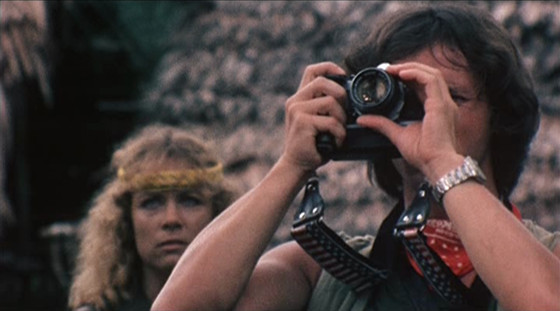
In the UK during the early 1980s, Mary Whitehouse of the National Viewers’ And Listeners’ Association, backed by the tabloid press, took issue with the availability of such titles as SS Experiment Camp (1976) and Cannibal Holocaust (1980), which unlike their theatrical incarnations were uncut, unregulated and could be viewed at home by children.
Whitehouse publicly stated that she had never seen a “Video Nasty” and was probably basing her assumption on the films’ sensationalistic artwork. SS Experiment Camp, for instance, showed a naked woman on an inverted cross, leered over by a Nazi soldier.
In a country with high crime and unemployment, video violence was the perfect scapegoat, and the Conservative government got behind it with a passion, authorizing police to confiscate any videos they thought were in violation of the 1959 Obscene Publications Act.
Eventually, the Director of Public Prosecutions (DPP) drew up a list of 72 offending titles, 39 of which were successfully prosecuted. Anyone caught supplying this material faced fines and imprisonment.
When the Video Recordings Act became law in September 1985, the video market was brought into line with cinema censorship and supplying any tape without a BBFC certificate became a criminal offence. Some “Video Nasties” were resubmitted and heavily censored, while many others were rejected and remained unavailable for years.
Movies marked with an asterisk (*) were successfully prosecuted for obscenity.
48. The Slayer (1982)
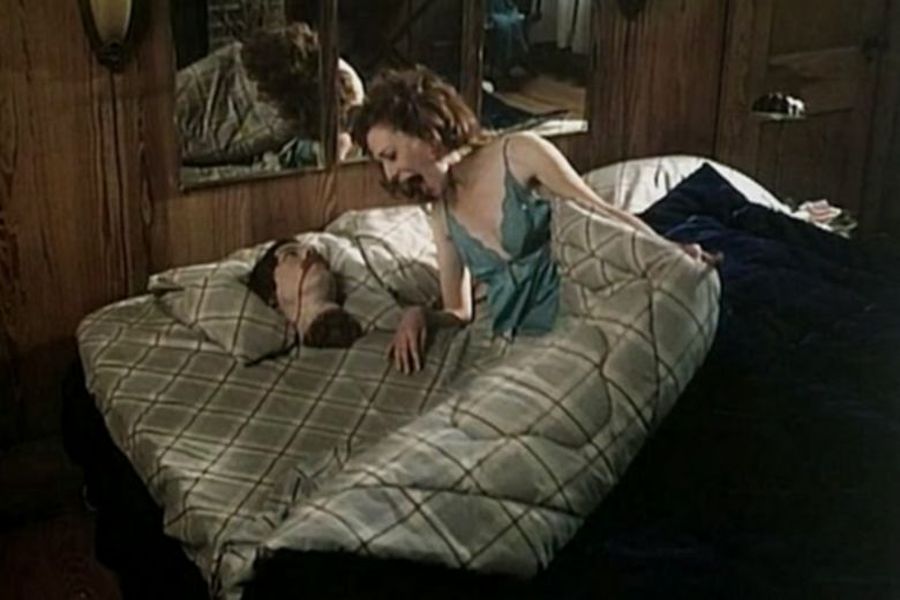
The kind of film that ought to star John Carradine and appear on Mystery Science Theatre 3000, The Slayer features a quartet who vacation on a deserted island and faster than you can say “potential victims” they’re being stalked and slashed to ribbons by an unseen killer. Characters are dispatched with pitchforks, boating oars, fishing rods and a trapdoor (don’t ask), which broke the BBFC’s ban on the use of “everyday implements” as deadly weapons and resulted in the film being withdrawn.
By the time picture was released uncut in 2001, director J.S. Cardone was enjoying mainstream success with The Forsaken, about a young man (Kerr Smith) who gets involved in a war against vampires. Cardone went on to script The Covenant (2006) as well as the remakes of Prom Night (2008) and The Stepfather (2009).
47. The Boogeyman (1980)
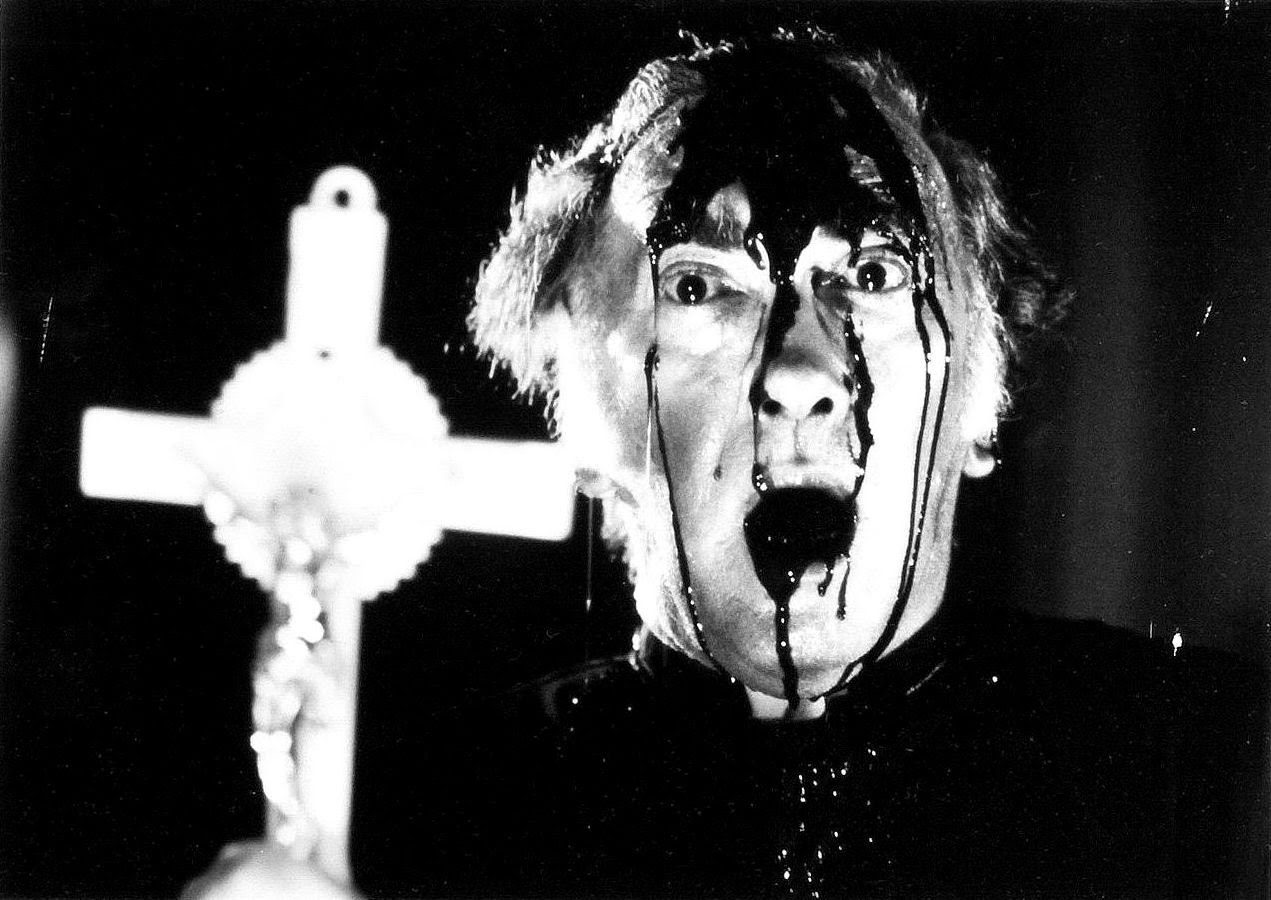
Michael Adams calls Ulli Lommel “perhaps the worst, most cynical director of all time” and based on his two films on the banned list, it’s hard to disagree.
Starring DuPont heiress Suzanna Love (aka Mrs Lommel), The Boogeyman is an obnoxious timewaster about a murder victim’s evil spirit that seeks vengeance by….possessing a mirror. This is even sillier than it sounds and reaches its nadir at the climax, when a shard from the mirror somehow grants Love the ability to shoot lasers and cause eyes to bleed.
Boogeyman is a dull, dumb, soulless mess that tries to cash in on the slasher craze by ripping off Halloween and its inexplicable popularity resulted in a sequel….
46. The Boogeyman II (1983)
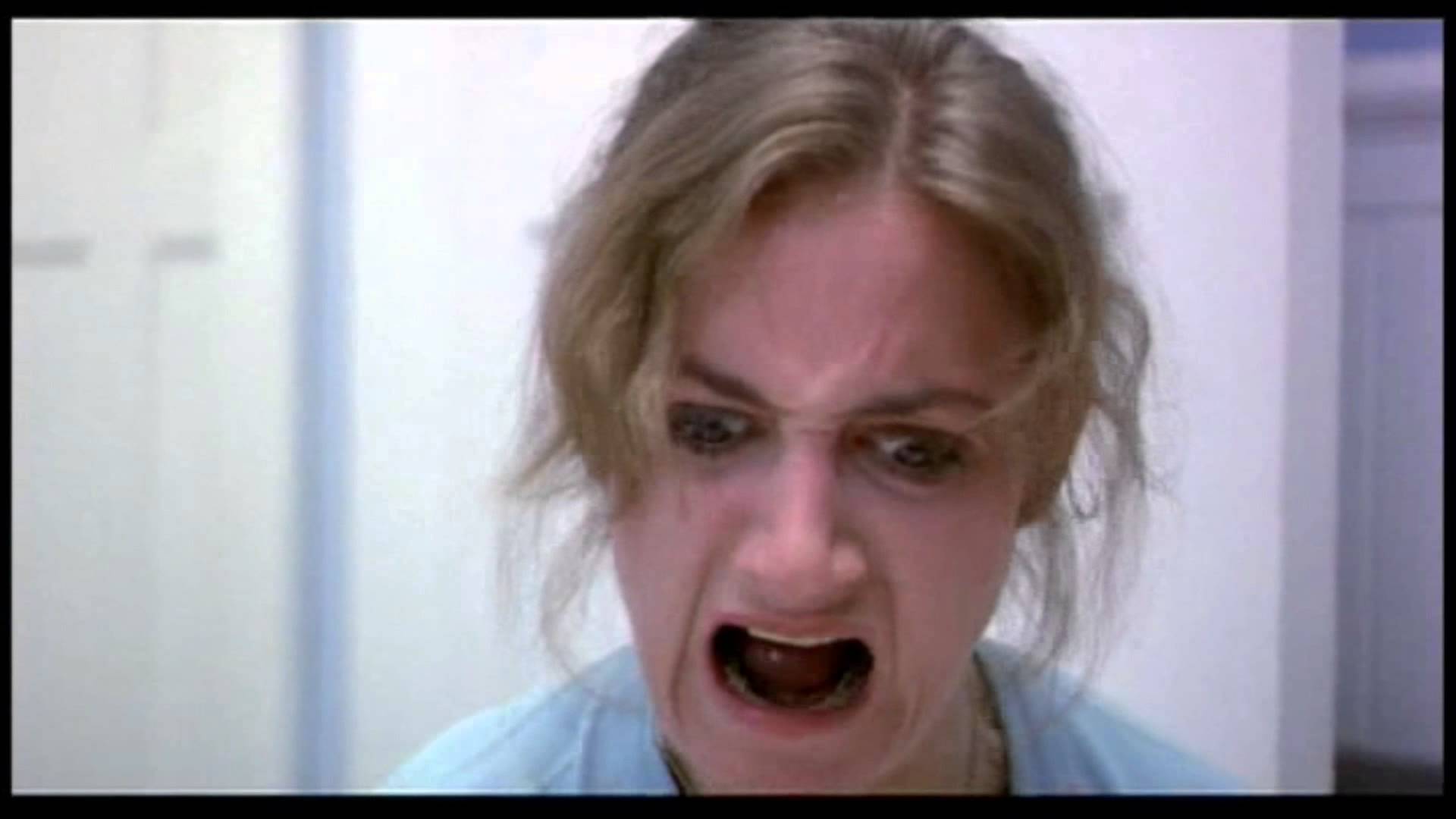
Also known as Return Of The Boogeyman, this sequel follows the Al Adamson school of filmmaking: just shoot some bad footage around already existing material and – presto! – you’ve got a new movie.
Ulli Lommel handed the reins to Bruce Starr on this one, but he turns up playing a film director who brings Susanna Love’s character to Hollywood, where a piece of the broken mirror somehow causes the killings to begin again. There’s death by electric toothbrush and shaving foam (why not?), but the worst punishment is saved for one character who has an exhaust pipe rammed through her mouth.
It’s difficult to see why Lommel didn’t take director credit – the film recycles some forty minutes of footage from its predecessor.
45. Visiting Hours (1982)
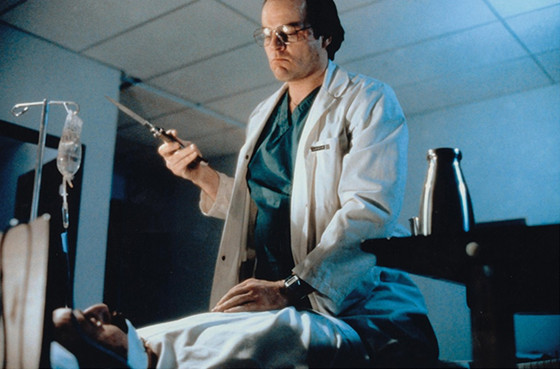
Oscar winner Lee Grant plays a television journalist who incurs the wrath of twitchy psycho Michael Ironside, leading to an assault that leaves her hospitalized. When he learns his victim is still alive, Ironside (who looks so intense he might explode) visits the hospital she’s in with murder on his mind.
This is basically the Canadian version of Halloween II (1981), but whereas that movie had nudity and gore galore, the most disturbing thing in Visiting Hours is a cameo from William Shatner, who must’ve filmed his part during a day off from Star Trek II: The Wrath Of Kahn.
44. Killer Nun (1978)
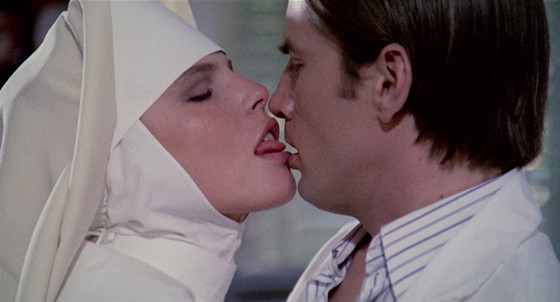
Based on “actual events that took place in a Central European country long ago”, Killer Nun tells the story of Sister Gertrude (Anita Ekberg, a long way from La Dolce Vita) who while recuperating from neurosurgery on a brain tumour becomes addicted to morphine and starts mistreating patients in the the geriatric hospital where she works. When the patients start falling victim to an unseen killer, Gertrude becomes the chief suspect, but any half-awake viewer will be able to guess the ending.
Stylishly directed by Giulio Berruti, this odd mixture of Nunsploitation and giallo has its moments, but ultimately it’s not that great. A movie called Killer Nun, which throws in lesbianism, torture and nuns in silk stockings, really ought to be more engaging but this is no more fun than Baba Yaga (1973), on which Berruti worked as a second unit director.
43. The Witch Who Came In From The Sea (1976)
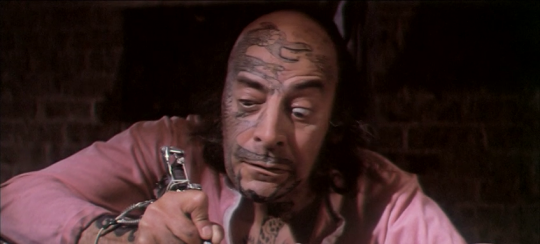
The Witch That Came From The Sea is of interest mostly for the talent involved: the cast includes George ‘Buck’ Flower (Back To The Future), Millie Perkins (Wall Street) and Roberta Collins (The Big Doll House), while director Matt Cimber also made The Black 6 (1973) and The Candy Tangerine Man (1975). The cinematographer is Dean Cundey, who later shot Halloween, Back To The Future and Jurassic Park.
Slow moving and not particularly satisfying, the film tells the story of a disturbed woman (Perkins) who goes on a killing spree in a coastal town. There’s some Freudian psychology at work in Robert Thom’s script, but if you remember the film for anything it’ll be Perkins’ performance and Cundey’s eerie photography.
42. Possession (1981)
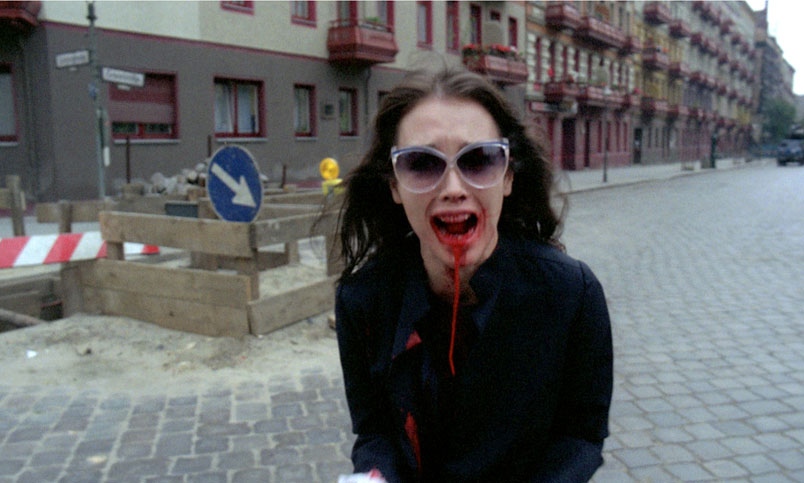
The artiest (and most perplexing) film on the list, Andrzej Zulawski’s picture details a relationship breakdown between lovers Sam Neill and Isabelle Adjani, who’s eventually hypnotized by an octopus-like creature. Or something. This arthouse piece was well regarded by critics (Adjani won Best Actress at Cannes) but the casual viewer will find it too ponderous and pretentious to easily enjoy.
There are some grisly sequences – a carving knife to the throat, for one – but they weren’t enough to keep Possession on the list for long, and within twelve months of being banned the film was cleared of obscenity. It was finally released uncut in 1999.
41. Madhouse (1981)*
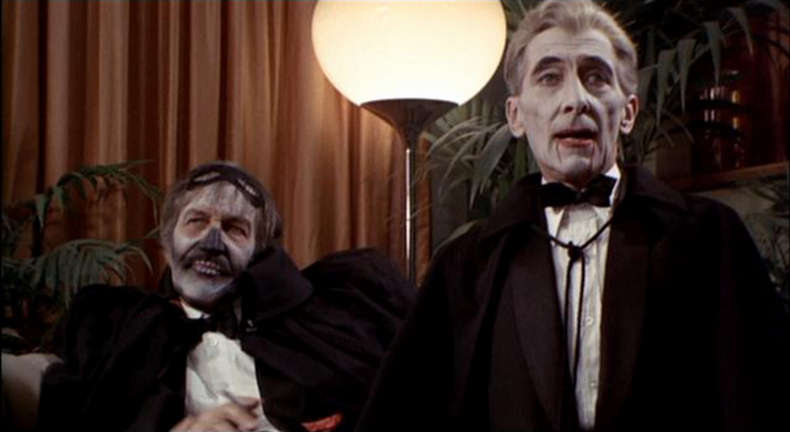
Ovidio G Assonitis, the veteran schlock producer behind Piranha 2: The Spawning, Tentacles and Beyond The Door, directed, produced and co-wrote this odd tale of a woman being stalked by her evil, deformed twin sister. It’s basically an Italian facsimile of the American slasher movies, complete with an ending that echoes the same year’s Happy Birthday To Me.
Slickly shot by Roberto D’Ettorre Piazzoli (Starcrash) and scored by Riz Ortolani (Cannibal Holocaust), Madhouse is no great masterpiece but for an imitation made quickly and cheaply, Assonitis sets up the hand-through-the-window scares quite nicely. The BBFC disagreed and, following a successful prosecution for obscenity, the film was only available in a heavily censored version until 2004.